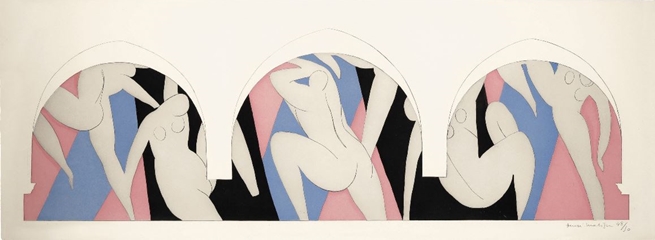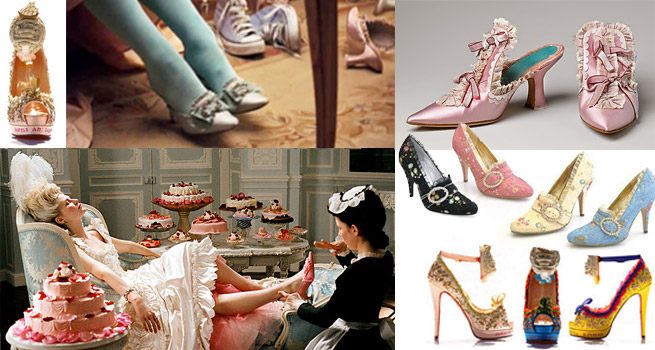You have probably seen the sections called limited edition prints South Africa and limited edition prints international on your favourite online marketplace, bidorbuy. Have they made you wonder about this art form? If yes, you’ve come to the right place! Read on to find the answers to several pertinent questions regarding limited edition prints.
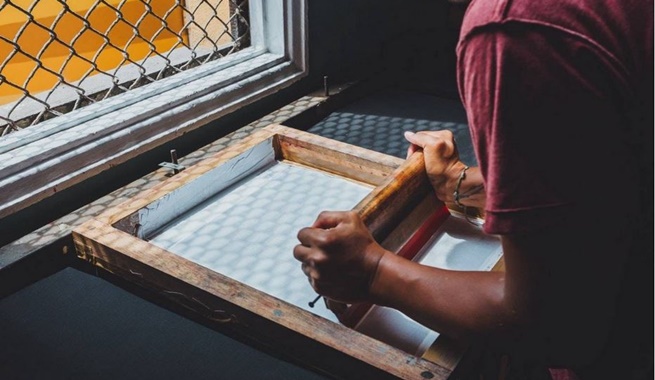
Original or not?
An original art print is not a reproduction. It is an artwork that has been manually printed by the artist, or under the artist’s supervision. Typically, the artist creates an image on block, stone, plate or screen and produces the final prints from it. It follows that you should expect to pay much more for an original art print than for a reproduction.
Limited or open?
Prints are produced in editions. Every edition contains prints made in a single run from one single plate.
Unlimited or open editions consist of prints that can be reproduced over and over again, ad infinitum. In limited editions, the number of prints is restricted. Needless to say, prints in small editions are valued at more than large edition prints. Anything over 200 pieces is usually considered a large edition.
To ensure that an edition remains limited, the original plate is often destroyed. If you come upon a second or a third edition, it means that the original limited edition has been extended, which is something that happens only rarely. There can even be editions created after an artist’s death. These are called posthumous editions, and are less valuable, because the artist was not involved in the production process.
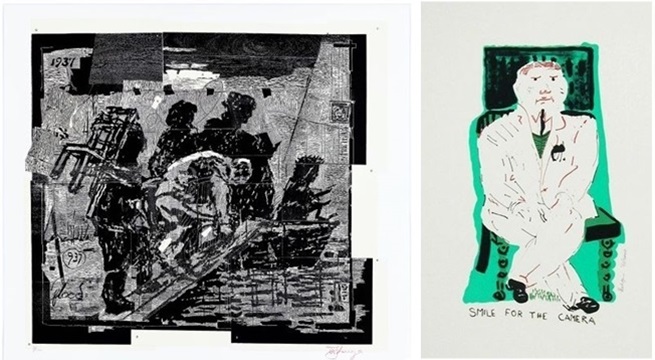
Is it signed?
Artists generally sign their prints at the bottom right corner. Prints with the artist’s signature are much more valuable than unsigned prints. Sometimes the print also bears the signatures of the printer.
What’s in the numbers?
Original prints have two numbers in this format: 14/30. The first number is called the print run number. It either indicates the order in which the artwork was printed, or the order in which it was signed by the artist. In the contemporary art world, the print run number is irrelevant for the value of the artwork, because artists take care to limit the number of prints well within the life expectancy of the plate. In earlier days, when artists (or printers) churned out too many prints, the quality would deteriorate due to the wear-and-tear of the plate.
The second number denotes the edition size – that is, the total number of prints produced in an edition. This number is very important for the value of each individual print, because prints from an edition of 30 are more likely to retain (and perhaps increase) their value than prints from an edition of 200 or more (unless we are talking about iconic works by highly collectible artists).
An artist can also make a unique, single print and give it the edition number 1/1.
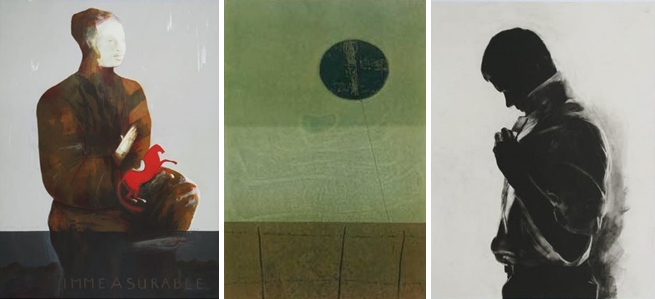
What about other marks?
If you come across a print marked AP, A/P or EA, you have in your hands an artist’s proof. The number of artist’s proofs may vary, but it should not account for more than 10% of the limited edition run.
During the creative process, the artist may print several trial proofs to check a specific component of the planned composition. The trial proofs are annotated with the letters TP or CP (the latter stands for colour proof). Although incomplete, trial proofs can be highly sought-after by the collectors, because they provide valuable insight into the artist’s creative process.
A limited edition may contain printer’s proofs, marked with the letters PP or BAT. The number of printer’s proofs is up to the artist. Usually, only one or two are produced.
A print bearing the letters HC (hors de commerce, which means not for sale in French) signifies that it was intended as a gift for an institution or a museum.
Proofs and HC samples are not part of the numbered limited edition sequence. They are not meant to be sold, but may be released onto the market in case of a complete sale of the print run or on special request. However, their number is too small to affect the value of the prints within an edition.
Why do they use pencil?
Artists sign and number their art prints in pencil to prevent fraud. No computer can replicate pencil marks!
And in conclusion…
Buying limited edition prints is definitely worth your while! They are a great way to kick-start an art collection and to acquire pieces of artwork by famous artists at affordable prices. Buy the prints you love. When or if they appreciate in value, consider this a bonus.
